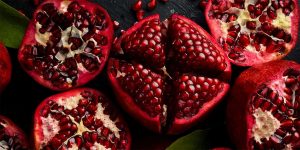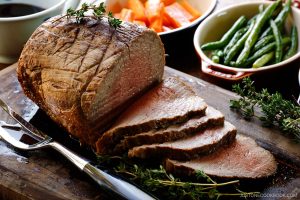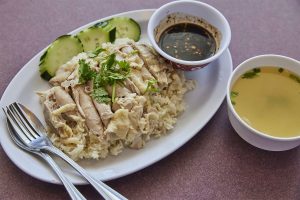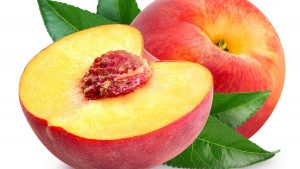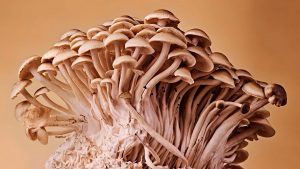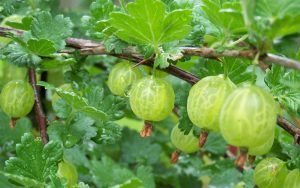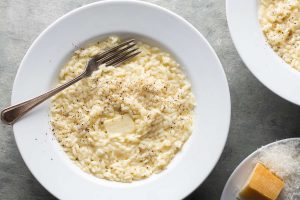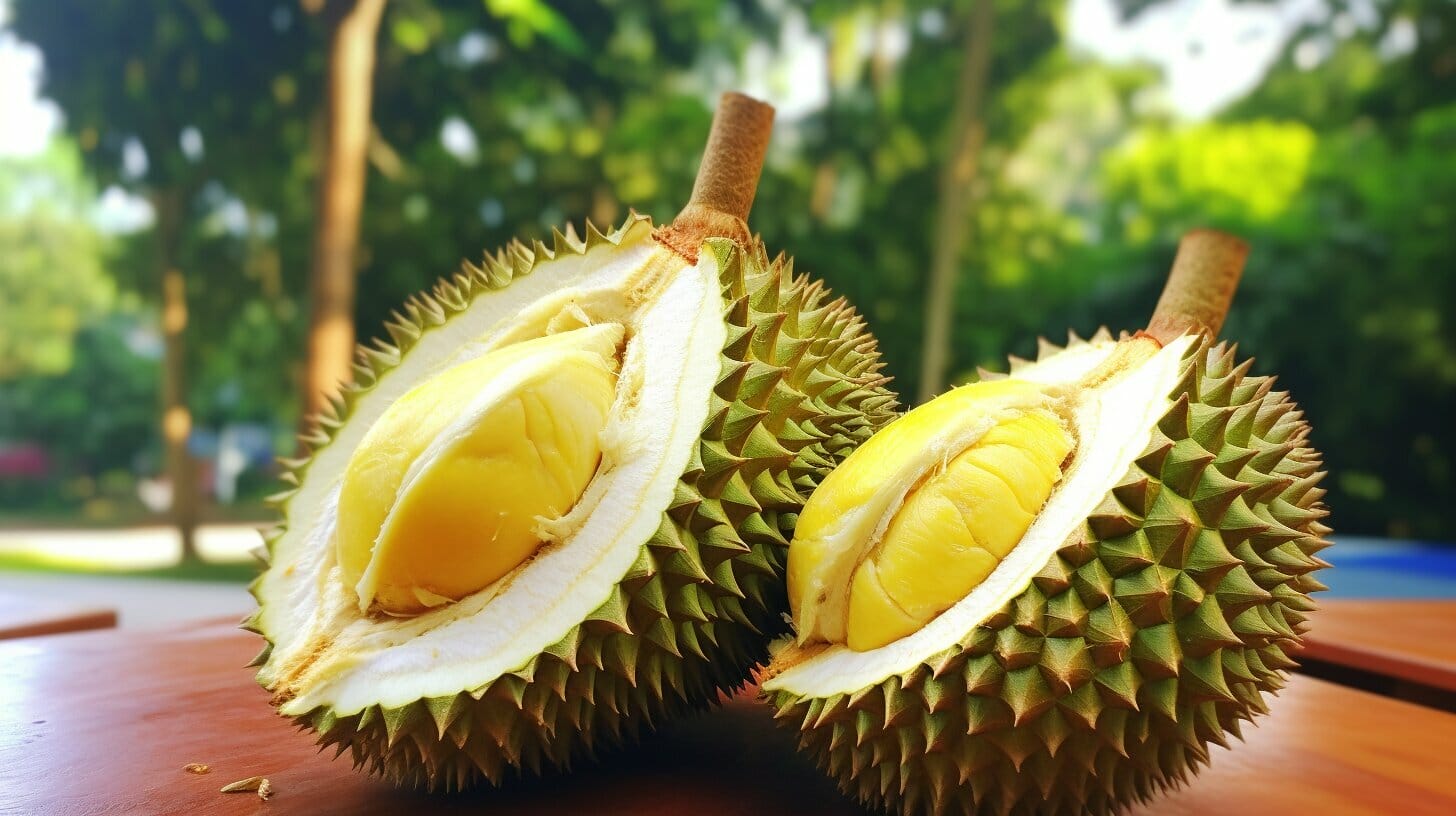
28 interesting facts about durian
- 👁️ 1250
The durian, often referred to as the “King of Fruits,” is a unique tropical fruit distinguished by its large size, strong odor, and formidable thorn-covered husk. Native to Southeast Asia, the durian is loved and loathed in equal measure due to its pungent smell, which has led to its banishment from certain public spaces like hotels and transit systems. Yet, for its aficionados, the durian offers a rich, custard-like flesh with a complex flavor that combines sweet, savory, and creamy notes. Its nutritional profile is as impressive as its taste, packed with vitamins, minerals, and beneficial plant compounds. Here are some intriguing and informative facts about the durian fruit that might surprise you.
- The durian fruit can grow up to 30 centimeters (12 inches) long and 15 centimeters (6 inches) in diameter.
- A typical durian fruit weighs 1 to 3 kilograms (2 to 7 pounds), but some varieties can weigh up to 7 kilograms (15 pounds).
- The name “durian” is derived from the Malay word “duri,” meaning “thorn,” referring to the fruit’s spiky outer shell.
- Durian trees are large, growing up to 50 meters (164 feet) in height in tropical rainforests.
- The fruit is native to Borneo and Sumatra but is now grown in many Southeast Asian countries, including Thailand, Malaysia, and Indonesia.
- Durian has a high nutritional value, containing more vitamin C than most tropical fruits.
- It is also rich in potassium, dietary fiber, and healthy monounsaturated fats.
- The smell of durian is so potent that it’s banned on public transportation systems in Singapore, Japan, and Thailand.
- There are over 30 species of Durio existing, but only nine of them are commonly recognized as producing edible fruit.
- The most prized durian variety is the Musang King, known for its vibrant yellow flesh and rich, creamy taste.
- Durian is used in a wide range of culinary applications, from traditional Southeast Asian dishes to modern desserts like ice cream and cakes.
- Despite its strong odor, durian is considered an aphrodisiac in some cultures.
- The fruit’s flesh can vary in color, from pale yellow to red, depending on the species and variety.
- Durian season typically runs from June to August, but variations in climate can affect availability.
- The durian’s shell contains compounds that can deter pests, contributing to the fruit’s formidable appearance.
- In addition to being eaten fresh, durian is also fermented to make a traditional Malaysian dish called “tempoyak.”
- The aroma of durian, described by some as akin to rotten onions or turpentine, is due to a combination of over 50 chemical compounds.
- Durian trees require a lot of space to grow, as their large roots need ample room to expand.
- The fruit is believed to have warming properties in traditional Chinese medicine.
- Some hotels and airlines in Southeast Asia have banned durian due to its strong smell.
- Durian can cause a significant spike in blood sugar levels due to its high carbohydrate content.
- Eating durian and drinking alcohol at the same time is traditionally believed to be harmful, though scientific evidence to support this claim is limited.
- The first recorded European to taste durian was British naturalist Alfred Russel Wallace, who described its flavor as a rich custard highly flavored with almonds.
- Durian trees can bear fruit after four to five years of planting, but the best productivity is reached at around 10 to 15 years.
- The fruit is pollinated by bats in the wild, which are attracted to its strong smell.
- A durian falling from a tree can be dangerous due to its weight and spiky shell.
- In Vietnam, durian is often used in savory dishes, including soups and curries.
- The durian is a symbol of pride in Southeast Asia, where annual festivals celebrate the harvest of the “King of Fruits.”
The durian fruit’s complex flavor profile and nutritional benefits have earned it a revered status among fruits, despite its controversial smell. Its cultural significance and versatility in culinary applications demonstrate the durian’s unique appeal. Love it or hate it, the durian remains one of the most distinctive fruits in the world, continuing to intrigue and inspire curiosity across the globe. Whether enjoyed fresh, incorporated into sweet treats, or used in savory dishes, the durian exemplifies the rich biodiversity and culinary creativity of Southeast Asia.
